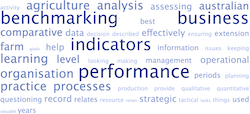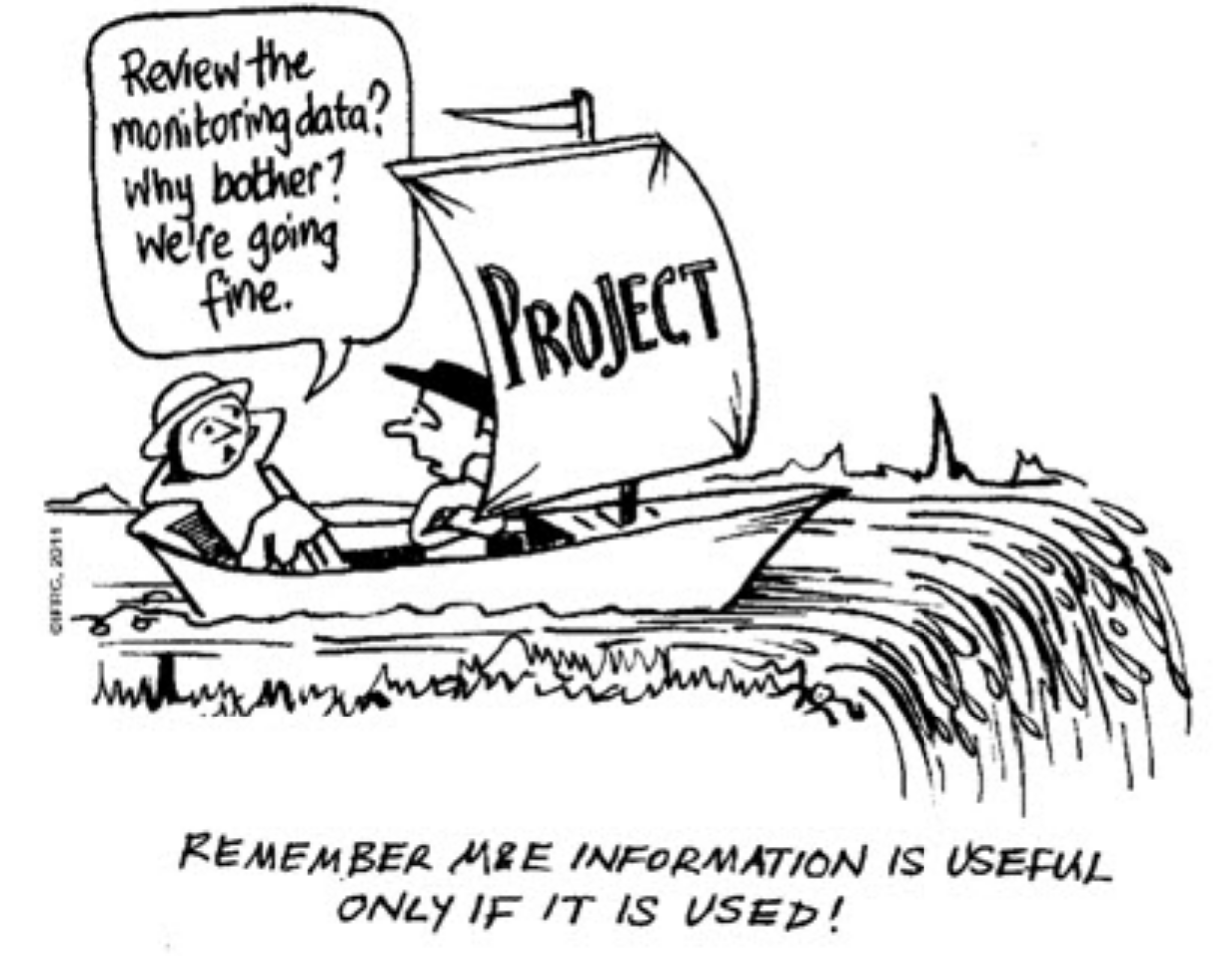Published – 28 September 2020 By Gavin Beever
The Strategic Extension Campaign (SEC) methodology is needs based, demand driven and uses a problem solving approach. It is a holistic approach that is very outcome focussed, agile and assists make any extension initiative as effective and as efficient as possible.
The strategic extension campaign is useful and important to an agricultural extension service for the following reasons (Adhikarya 1994):
· It advocates a participatory planning approach.
· It has a needs-based and demand-driven orientation.
· It uses a strategic planning and integrated systems approach.
· It considers the human and behavioural dimensions.
· It has a problem-solving orientation.
· It employs a cost-effective multimedia approach.
· It provides specific extension support materials and training.
· It has built-in process documentation and evaluation procedures.
· It’s method is applicable to other extension programmes.
This participatory approach extension method is very targeted and responsive because its extension objectives, strategies, methods, messages, and multimedia materials are specifically developed on the basis of survey results of the end users knowledge, attitudes, and practices (KAP).
Farmers’ knowledge, attitude and practice (KAP) survey
The survey is based on the principle “Start with what people know” and “Build on what they already have”. SEC activities are then targeted at “narrowing the gaps” between knowledge, attitudes and/or appropriate practice levels of the survey participants. This way good practices, potential need for improvement or even perhaps practices that should be discouraged can be identified and worked with, to make a difference or appropriate “practice change”.
The SEC approach is at all times, needs based.
Survey and Needs Analysis Resources:
Working in Groups – Dealing with Challenges
Using Benchmarking and Performance Indicators in Extension
Strategic Planning and Integrated Systems Approach
To ensure its relevance to participant needs and to ensure resources are used most effectively, the approach relies heavily on both quantitative data and qualitative information obtained from the participant surveys.
This information is used to assist in problem analysis, objective formulation, strategy development and management planning.
The approach calls for an integrated and interconnected extension strategy between the following components:
- Development
- Programme planning
- Programme management
- Training
- Media
- Materials development
- Monitoring and evaluation
The SEC activities such as surveys, strategy and management planning, multimedia materials design and development, training, field implementation, monitoring, and evaluation are integrated as a system; which is also an integrated part of a larger extension programme, which has linkages with any relevant agencies or units that are dealing with elements such as the research, inputs-supplies, training and/or marketing.

The Impact of Human Behaviour
Importantly, the SEC approach recognises that barriers to adoption can be issues outside of the technology being extended itself.
That is, without sufficient understanding of the participants’ positive or negative attitudes and behaviour towards a given technology, the technology transfer process can be slow or ineffective, especially if the extension emphasis is only on appropriate technology application by farmers.
These non-technological factors relate to such things as social, psychological, cultural and economic problems.
The process recognises that it is very important to identify any human and environmental factors which may influence the important decision-making process related to agricultural technology adoption and practices.
It employs a behavioural science analysis approach, based on a participatory needs assessment and problem identification of the target audience, in developing appropriate strategies and tactics to overcome or minimise human related constraints affecting the agricultural technology transfer and application process.
Problem Solving Orientation
Using the approach, it is particularly important to identify and focus on the specific issues related to the extension outcomes being implemented successfully. Using the approach, the idea is not to extend the whole range of information about the technology being extended, but focus on those factors that are causing non adoption by the target beneficiaries (e.g. farmers).
It will also use information and tactics that may not be technology related but rather addressing identified issues that are related to socio-psychological, socio-cultural and socio-economic factors. In this way appropriate human behavioural science principles are used in extension problem-solving, which makes the approach responsive rather than recipe based.
This ensures extension problems, objectives, strategies and information needs are set according to the target audience’s levels of knowledge, attitude and practice (KAP).
“For example, problems related to low knowledge level require different solutions than those related to attitudinal problems. Similarly, strategies for changing negative attitudes on a recommended technology are likely to be different than those for solving incorrect practices in technology application or convincing people to try and practice a recommended technology.”
Cost Effective and Efficient Multi-Media Approaches
The SEC method employ a mix of personal, mass and group communication strategies to ensure engagement and that limited extension resources are used as effectively as possible.
Specific extension support tools and training
Experience with the SEC methodology has shown greater success when extension agents are provided with relevant and attractive multi-media support materials. Success is ensured by pre-testing the materials.
Extension agents are also giving specific training to understand their audience and how best to use the materials and the extension messages from the programme’s problem solving orientated strategy plan.

Built in Monitoring and Evaluation
By employing a Knowledge, Attitude and Practice (KAP) survey upfront, benchmark data is provided right at the start of the process that the success of the SEC activities can measured against overtime.
Pre-testing of materials and a management monitoring survey and evaluation processes such as impact survey, quantitative monitoring and survey, field monitoring, cost versus benefit analysis, focus groups and information recall are used throughout a SEC.
In summary
“Strategic Extension Campaign (SEC) method places premium importance on a systematic procedure of assessing the felt needs of target beneficiaries (e.g., small farmers, rural women, youth, etc.) as well as the intermediaries (e.g. extension workers, trainers, subject-matter specialists, etc.), and in identifying their perceived problems or issues which might be the reasons for non-adoption or improper practice of a certain recommended technology. SEC experiences have indicated that the important principle of developing specific and precise extension objectives based on felt needs and perceived problems of the target audience (i.e., beneficiaries and concerned persons involved in agricultural extension/outreach activities) is fundamental to ensuring the relevance and appropriateness of a strategically-planned and participatory-approach agricultural extension programme.”

